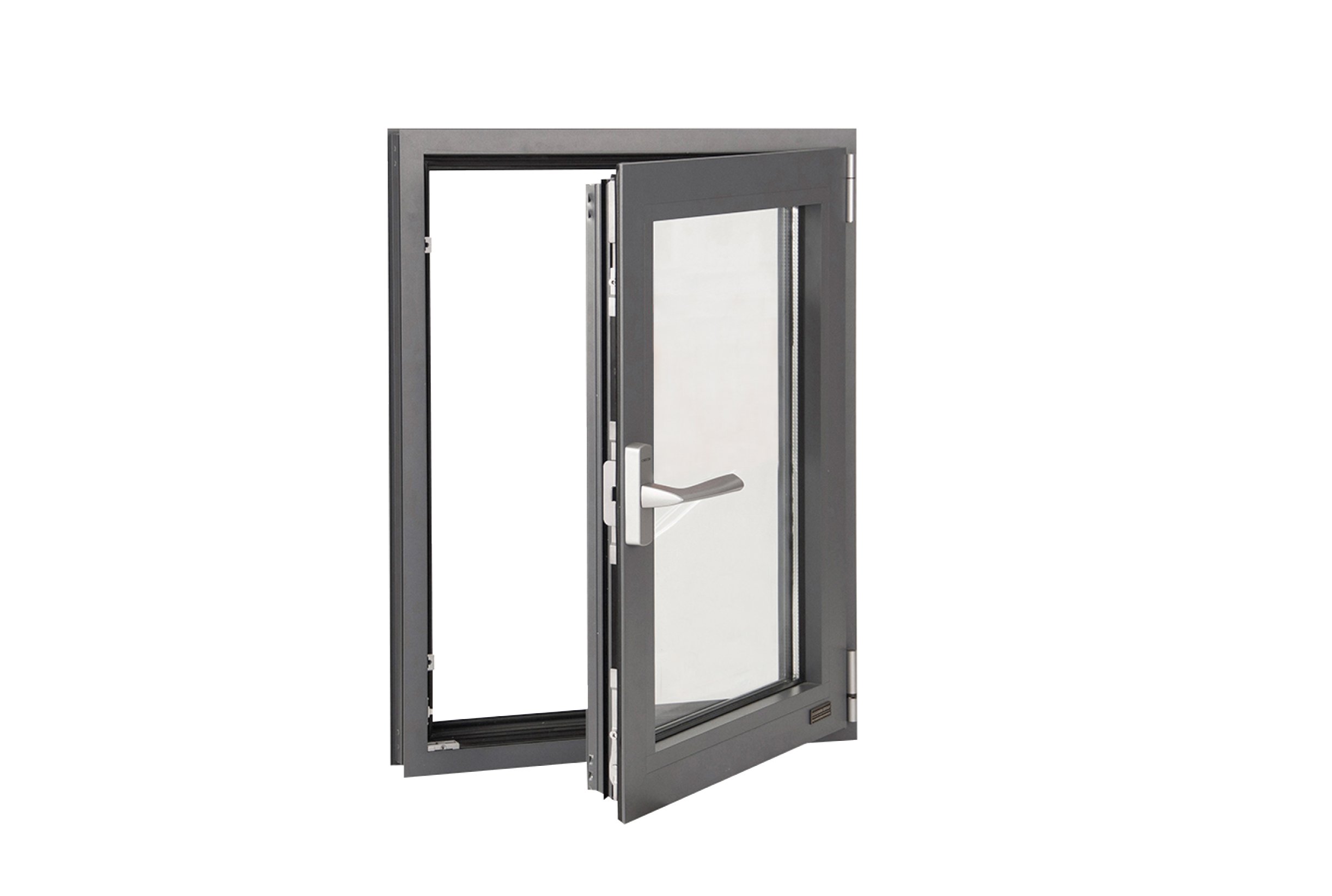Relevant Custom Backdoors
Backdoors have become a significant concern in today's digital landscape. These malicious pieces of code provide unauthorized access to a computer system, allowing hackers to exploit vulnerabilities and wreak havoc on personal or organizational assets. In this blog post, we will explore the concept of customized backdoors and their implications.
1. Understanding Backdoors
A backdoor is a hidden entry point in a software program, operating system, or device that bypasses normal authentication mechanisms. Traditional backdoors are often included by software developers for debugging purposes or remote management. However, cybercriminals exploit backdoors to gain unauthorized access and compromise systems.
2. Customized Backdoors
Customized backdoors are tailored specifically for targeted systems. Unlike generic backdoors, customized ones are built to avoid detection by traditional security mechanisms. These backdoors are designed to blend into the system's normal behavior, making them harder to identify.
2.1 Creation of Custom Backdoors
Creating custom backdoors requires deep knowledge of the target system and its vulnerabilities. Skilled attackers analyze the system's architecture and weaknesses to develop a unique backdoor that can evade detection. Encryption techniques and obfuscation are commonly employed to make the backdoor's code difficult to decipher.
2.2 Stealthy Communication
Custom backdoors establish covert channels to communicate with the attacker's system without raising suspicion. They may use various techniques like hiding data within legitimate network traffic, using steganography, or leveraging uncommon communication protocols. This stealthiness allows attackers to maintain access and control for extended periods.
3. Implications and Countermeasures
Customized backdoors pose significant threats to individuals and organizations:
- Data Breach: Attackers can access sensitive information, leading to identity theft, financial loss, or corporate espionage.
- System Compromise: Custom backdoors provide unauthorized access, allowing attackers to alter system configurations, inject malware, or launch further attacks from within.
- Privacy Invasion: Attackers can spy on victims, monitoring their activities, capturing screenshots, or recording audio/video.
Protecting against custom backdoors requires a multi-layered approach:
- Regular Updates and Patches: Keeping software and operating systems up to date helps address known vulnerabilities.
- Robust Security Software: Utilizing reputable antivirus and anti-malware solutions can detect and prevent backdoor installations.
- Security Awareness: Educating users about phishing, social engineering, and risky online behaviors reduces the chances of falling victim to backdoor attacks.
- Network Monitoring: Implementing network traffic analysis tools helps identify unusual patterns or communication channels employed by backdoors.
It is crucial to stay abreast of the latest security threats and invest in suitable preventive measures to mitigate the risks associated with customized backdoors.
custom back doors

 Picture Windows
Picture Windows Single Double Hung Windows
Single Double Hung Windows Tilt & Turn Windows
Tilt & Turn Windows Sliding Windows
Sliding Windows Bi-Fold Windows
Bi-Fold Windows Gliding Patio Doors
Gliding Patio Doors Bi-Fold Doors
Bi-Fold Doors Lift and Slide
Lift and Slide  Entry Doors
Entry Doors Swinging Doors
Swinging Doors




.jpg)
.jpg)